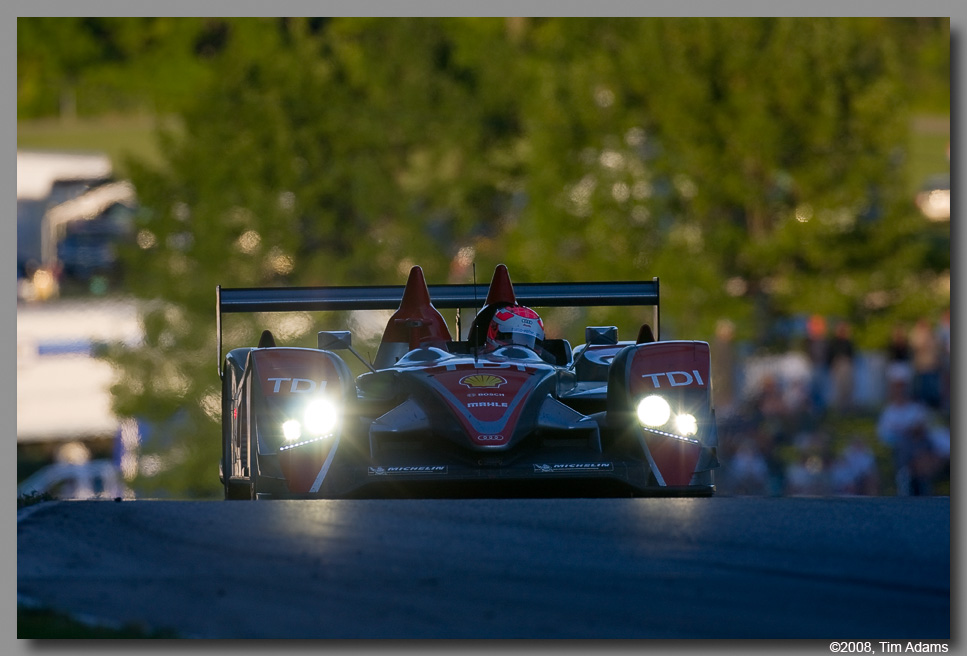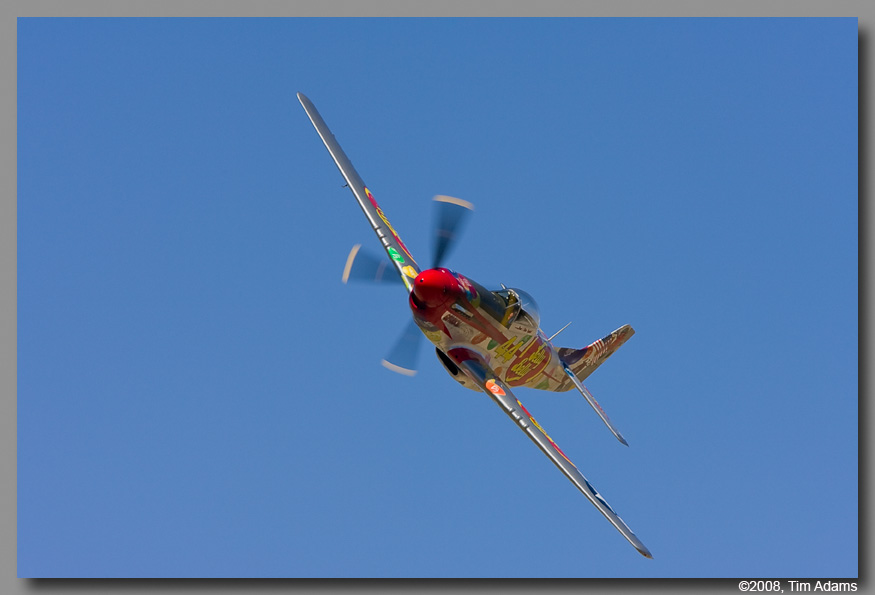Re: Sparky...
Also if it's dark, I like to show that, this picture is probably brighter than it actually was. It almost looks light the headlights are coming right out of the monitor.

Also if it's dark, I like to show that, this picture is probably brighter than it actually was. It almost looks light the headlights are coming right out of the monitor.




 ).
).
 My experience with trying to sharpen a soft image has'nt been too rewarding. Hope you can prove me wrong!!!
My experience with trying to sharpen a soft image has'nt been too rewarding. Hope you can prove me wrong!!!
Comment